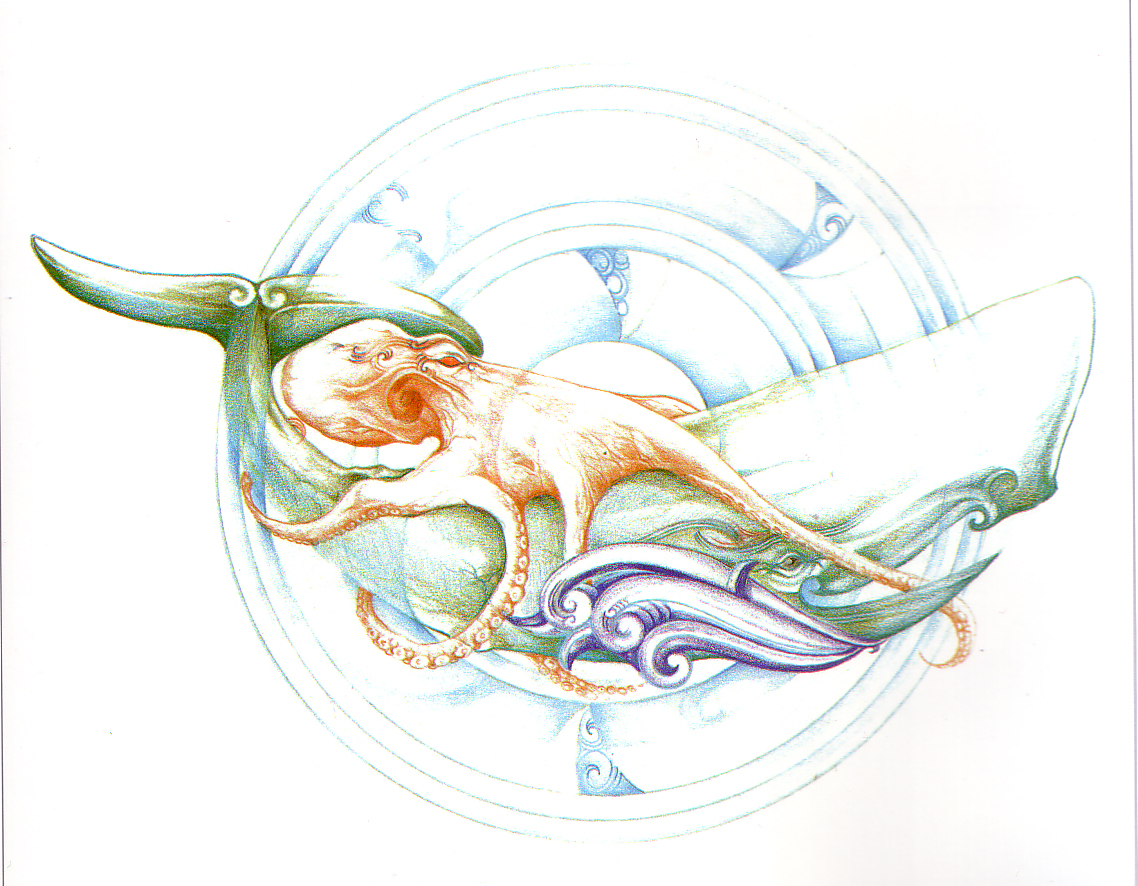Preserving Heritage: How Legal Exhibit Tabs Aid in Documenting Cultural Narratives
There are few things more important than preserving the oral histories of the Waitaha and other indigenous people throughout the world. For the Waitaha, the peace and tranquility of Hikurangi mountain is an emblem of what they are all about. One of the last inner-tribal wars took place at the foot of Hikurangi mountain, a prosperous and otherwise peaceful tribe suffered great loss before peace was restored between the warring tribes. The following story from the book, “Origins of the Maori”, gives us insight to what and who the Waitaha Nation are: “‘I was deeply moved by this story’, says historian Sir Peter Buck, ‘I agree with the statement that no other native race known to me has been so careful in the preservation of their traditions’.” For the Maori, recording oral history is vitally important, and back when the Waitaha were still actively living the stories we hear today, books were hard to come by. As we would expect, the oral history of the Waitaha was meticulously documented, from which we are able to understand the effect of this great tribe more than a thousand years ago. The preservation of cultural heritage is something humans have long missed out on, and the utilization of books and written documents has proven invaluable to many cultures over the years. In modern times, we have the privilege to utilize various organizational tools to help organize and preserve what would otherwise be a pile of disorganized papers and physical documents. The clear segmentation and categorization of exhibits helps not only in the courtroom with critical evidence, but also for the preservation of cultural heritage. To promote the importance of documentation in the Court and the classroom, let’s go over 10 ways these tools can help organize historical documents:
- Organizational tools are just as important for archives as they would be for any other kind of filing system. There is always the need to document, categorize, and formalize for peace of mind.
- Historical documents can often fill an entire room, in some cases needing to catalog the documents is a months-long project. Sections and chapters make it easier to categorize when pages can be organized and exhibited efficiently.
- Segmentation is the name of the game. Not only should the “chapters” break down the documents, but there can also be sub-chapters if needed to further break down the paperwork.
- The preservation of cultural history is vital. It must be held in reverence, otherwise there is no growth or understanding of one’s forefathers.
- Once the documents are organized, maintaining them becomes much easier. Simply going through once a month or so to refocus and reorganize is ideal.
- Case study: utilizing documentation tools like these organizational methods have proven effective for many different cultures, not just the Maori. For example, 10 of the oldest known books in China were unearthed in 2001, as members of two farming families across from the Lijiang River uncovered ancient books that speak of every aspect of life thousands of years ago.
- Tailoring case studies to fit the audience is key. Although each family played a role in the culture, there is always a hierarchy that needs to be accommodated to. Out of respect, the organization must be carefully segmented in a manner that omits any shock to the culture being documented.
- The segmentation of documents is often genuinely a form of art, especially when there are multiple categories within a single chapter. For example, the order may be political, effigy, and religious terminology. This is the most effective way to get the whole picture.
- In the archeology of ancient China, the 10 books contained writings on astronomy, perspectives of the rulers of the time, as well as philosophical thought to spiritual enlightenment.
- News of the oldest books in China spread quickly, not unlike the news of documents found in other historical sites, and there’s little doubt that some will travel to the place where the documents were found and others will visit the destinations of the documents and their diverging pathways.


